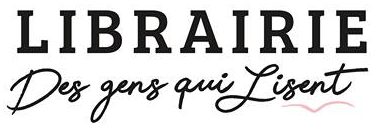PAPER MONEY
FOLLETT KEN
Code EAN : 9782818702772
Editeur : HARRAPS
Date de parution : 19/06/2013
This book was written in 1976, immediately before Eye of the Needle, and I think it is the best of my unsuccessful books. It was published under the pseudonym Zachary Stone, as was The Modigliani Scandal, because the books are similar: they lack a central character, but feature several groups of characters whose stories are linked and share a common climax.
In Paper Money the links are less fortuitous, for the book is supposed to show how crime, high finance, and journalism are corruptly interconnected. The ending is rather sombre by comparison with The Modigliani Scandal - in fact it is almost a tragedy. However, it is the differences and similarities between Paper Money and Eye of the Needle that are most instructive. (Readers who want the cake, not the recipe, should skip this and go straight to Chapter One.) The plot of Paper Money is the cleverest I have ever devised, and the small sales of the book convinced me that cllever plots satisfy authors more than readers. The plot of Eye of the Needle is of course very simple - in fact it can be written down in three paragraphs, as indeed I did write it when I first thought of it. Eye of the Needle has only three or four main characters whereas Paper Money has a dozen or so. Yet with its complex plot and large cast, Paper Money is only half the length of Eye of the Needle. As a writer I have always had to struggle against a tendency to underwrite, and in Paper Money you see me struggling in vain. Consequently the many characters are painted in brisk, bold brushstrokes, and the book lacks the feeling of detailed personal involvement with the private lives of the characters that readers demand of a best seller.
One of the strengths of the book is its form. The action takes place during a single day in the life of a London evening newspaper (I worked for such a newspaper in 1973 and 1974) and each chapter chronicles one hour of that day in three or four scenes describing both what happens at the news desk and what happens in the stories the paper is covering (or missing). Eye of the Needle has an even more rigid structure, although no-body to my knowledge has ever noticed it: there are six parts, each with six chapters (except for the last part, which has seven), the first chapter in each part dealing with the spy, the second with the spy catchers, and so on until the sixth, which always tells of the international military consequences of what has gone before. Readers do not notice such things - and why should they? (...)

Commentaires (0)